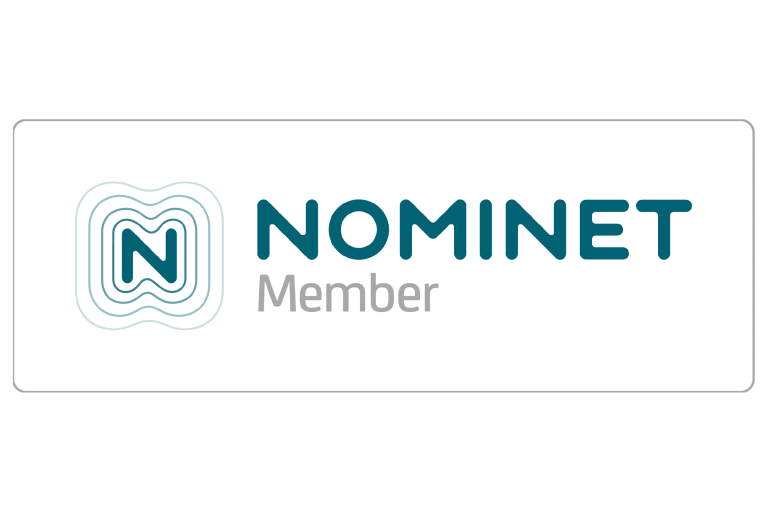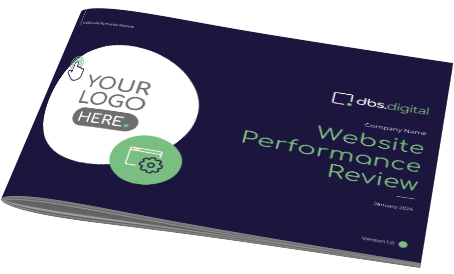One of the greatest challenges of blogging is not what to blog about, but rather how to ensure it is being done strategically.
Blogging needs to be consistent and on-brand in order for you to see the biggest impact from it. Readers of your blog need to have faith that you are going to post regularly so, in order to establish this consistency, a blog schedule is vital.
Here, we discuss how to create a blog schedule to help you stay on track.
Benefits of a Blog Schedule
Posting blogs consistently has many advantages. Not only does it allow your regular readers to know what to expect, it has been proven that posting blogs and performing all parts of Content Marketing regularly and in a consistent way can, in fact, increase newsletter subscriptions, website traffic, social media engagement and essentially grow your blog. The great news is that creating a blog schedule doesn’t have to be difficult.
Having a blogging schedule allows you to not only ensure you post consistently, it lets you plan topics to write ahead of time organises your content properly and allows you to manage the work effectively, especially if you are working with other contributors on your blog.
Define Your Big Goals
Before you start, it is imperative that you know exactly what you want to achieve with your blog. This will help make your blogs consistent and on-brand throughout. Think about whether the aim of your blog is to get more newsletter signups, and increased following on social media, or more people visiting your website. Once you know the purpose of your blog, set yourself specific goals to achieve within a set time frame (e.g 6 months or a year). This gives you focus and means once that time is up, you can effectively measure the success of your blog and see whether your strategy is working. If it is then great. If it isn’t, then think about how you can tweak it.
Split the Blogs into Tasks
Writing blogs is more than just content writing. You need to plan the blog, research it, write it, edit it, format it, proofread it, publish it and then promote it. This can take more time than you might initially think, so you need to be realistic with this. Decide early on how regularly you are going to write posts. Do not overstretch yourself. It’s okay if you are only posting a blog once a week or even once a month to begin with. You can always increase the frequency at a later date.
Make a list of the blogs you are planning on writing and assign titles as early on as possible to help you ensure you are not duplicating content. Then assign each one with the stage of the process it is currently at. This helps you on track and know where you are with each blog.
Choose When to Post
Decide which days you will be posting your blogs and when is the best time to post and place these into a calendar so that you keep to your schedule. This ensures that you stay consistent and post regularly. Over time you will discover that certain days may perform better than others and provide you with more engagement. Is there Once you start to see these patterns emerge, you can reschedule future posts to these higher-performing days or times.
Decide on What Type of Blog
Writing an article is no longer the only form of content that blogs can appear in know. You may want to include interviews, info-graphics or even video tutorials within the blog. If you want to explore these options, make a note in your blogging schedule. This helps you keep the content mixed up and interesting for your readers. You could even have written articles on certain days with videos posted on another to help you stay organised and consistent.
Evaluate Your Results
Once you have posted a few blogs, it is important to measure and evaluate your results regularly to see if your goals are being met and that your blogging schedule is working for you. If you don’t feel like your goals are being reached, consider the following:
- Is the content length correct? Should it be increased or decreased?
- Do you think the content quality is good enough? If the answer is no then you should potentially look at reducing how many you are posting until you feel the quality is good enough.
- Should you use other content formats? It may be worth you trying video or infographics to see if you notice a difference
- Are you engaging with your audience? Try wherever possible to create a conversation with your audience. If a reader responds to you via a blog comment or a social media message, message them back as this is an effective way to retain readers.
Asking and answering these questions on a regular basis can help you ensure you stay on track to reach your ultimate goals.
Posting blogs regular not only helps increase your traffic and social media engagement, but it also helps build stronger relationships with your readers. Therefore, it is vital you stay planned and on track. Whether you use specific organisational apps or simply have your schedule in a spreadsheet format, it is important you choose what works for you. Without a blogging schedule, you will find the content you are producing may not be produced regularly and may not be as strong as it could.
Need help with Content Marketing? DBS Digital provides Digital Marketing Services to help you with whatever you need. Our dedicated team is here to help.









